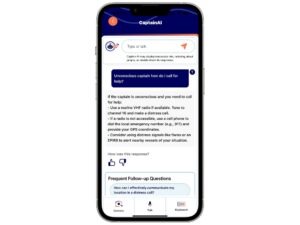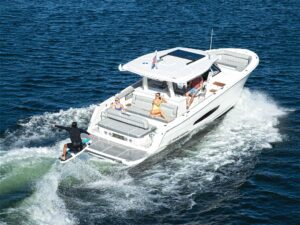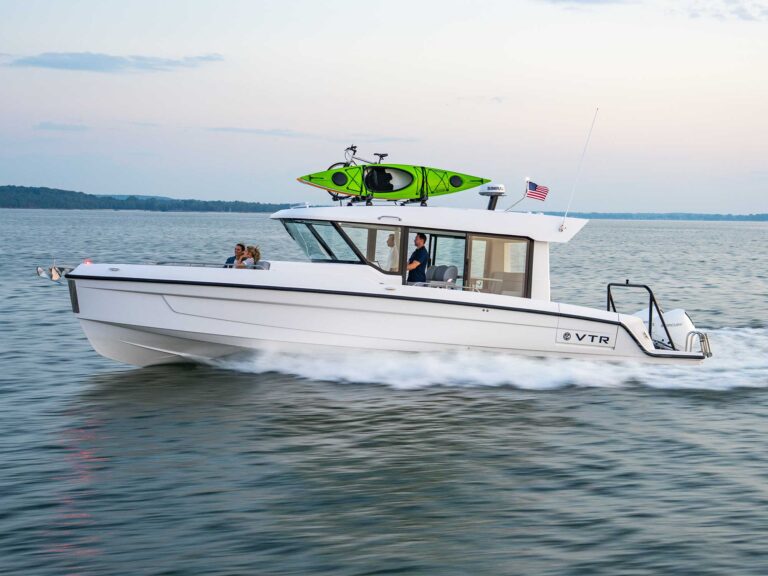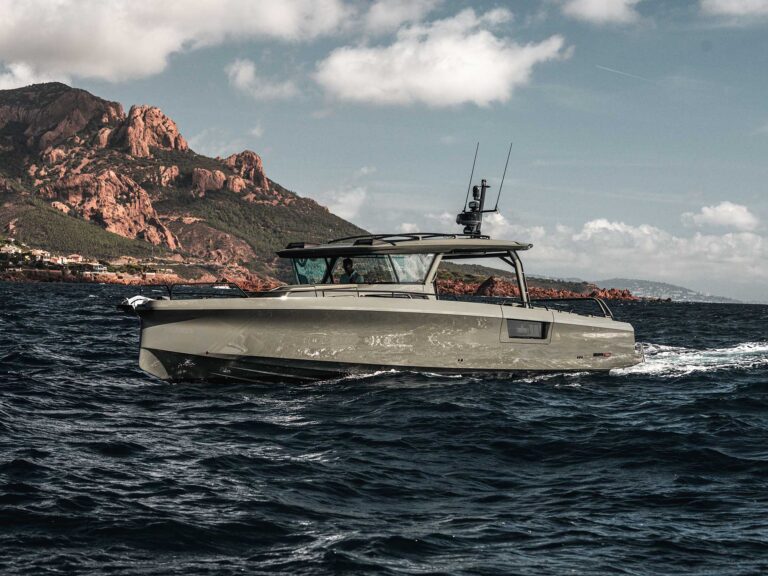
Q. What are some options for communicating when beyond VHF or cellphone range?
A. Handheld satellite phone systems ($550-plus) have an almost limitless range. Direct-dial voice, text messaging, and email are available on most satellite phones, such as those from Iridium and Inmarsat.
What’s more, the Iridium Go! ($899) works through satellites to create an Internet hotspot for wireless connection with your smartphone, tablet or laptop for voice, data, email, social media posting, GPS tracking and even photo sharing.
The Delorme inReach’s Satellite Communicator ($169) sends and receives 160 character messages to mobile phones and email addresses, and can even download National Oceanic and Atmospheric Administration charts using a mobile device and the DeLorme Earthmate app.
Another choice is the Spot ($150), which lets you send your GPS location to friends and family so they can track your journey on Google Maps. You can also send an SOS in an emergency.
Also, worldwide voice and limited Internet access at up to 100 Kbps speeds (with continental coastal and inland waterway coverage) is provided by KVH’s fixed-mount TracPhone Fleet One ($3,300) using an 11-inch dome antenna.
Most of these systems require separate airtime service plans, which vary in price from brand to brand and length of contract.
ACR offers an interesting communications add-on service for many of its EPIRBs and PLBs. ACR’s 406Link.com allows you to send a pre-programmed message via text or email, such as “I’m OK” or “I’m here” along with your latitude/longitude coordinates, every time you perform a self-test function. Messages can be set up online. Annual subscriptions cost $40 to $60 per year, depending on the number of messages allowed.
Not out of the question is SSB, or single sideband radio. SSB is the granddaddy of long-range marine radio communications. It is another tool to keep you in touch with land and other boats up to several hundred miles and more away. SSB can be effective for bluewater fishermen and cruisers who find themselves well beyond the reach of VHF.
Unlike cellphones and satellite phones that require you to dial a specific phone number, SSB broadcasts its signal in all directions and can be received at great distances. Equipment costs about $2,500 plus installation, but airtime is free. Email and weather data can be accessed by connection with an optional Pactor modem ($1,000) and computer.
Satellite communications is truly the rising star in the future of marine electronics. As size, price and airtime continue to spiral downward, instant voice and Internet access from any spot on the water will continue to become more commonplace.
Airtime for satellite phones varies from less than $1 to $1.49 per minute, plus an average monthly $50 access fee and a one-time commissioning charge. Often a contract for one year or longer is required.
A prepaid SIM card can be used as an alternative to monthly charges to help minimize and control airtime cost. You can purchase 75 minutes of Iridium airtime for about $165 with a 30-day expiration. Larger amounts of airtime with extended expiration periods are available. Additional minutes and expiration times can be added to prepaid SIM cards by phone or email if needed.
One often overlooked advantage of several satellite phones is the ability of family and friends to send you short 120-character messages from the manufacturer’s website without incurring any cost to them or you.
If you suffer from Internet-withdrawal pains when away from the dock, you can bring the Internet along with you. The KVH V3 broadband satellite terminal can deliver a seagoing Internet connection with speeds of 2 Mbps download/128 Kbps upload in a 15-by-17-inch antenna dome at a cost of $16,995. Airtime prices begin at $49 per month with 50 MB of airtime.









